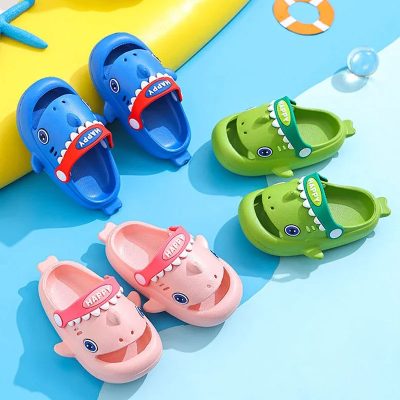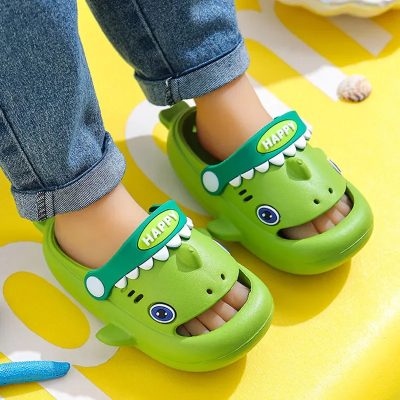Ensuring that kids’ footwear fits properly is essential for their foot health and comfort, especially when it comes to flip flops. Ill-fitting flip flops can lead to discomfort, blisters, and even foot problems down the road. To help parents navigate the process of fitting kids’ flip flops correctly, we’ve gathered expert tips from podiatrists:
- Measure Both Feet: Just like with closed-toe shoes, it’s crucial to measure both of your child’s feet when selecting flip flops. Children’s feet can vary in size, so measuring both ensures a more accurate fit. Use a ruler or measuring tape to measure from the tip of the longest toe to the back of the heel.
- Leave a Little Room: When fitting flip flops, aim for a snug but not tight fit. There should be a small gap, about the width of your pinky finger, between the end of the flip flop and your child’s toes. This allows room for natural foot movement and prevents the toes from hanging over the edge, which can lead to discomfort and stubbed toes.
- Check the Width: Pay attention to the width of the flip flops as well. They should match the width of your child’s feet without squeezing or pinching. Look for styles with adjustable straps or wider footbeds for a more accommodating fit, especially for children with wider feet or high insteps.
- Test the Straps: The straps of the flip flops should fit comfortably across the top of the foot without digging in or causing irritation. Adjustable straps are ideal as they allow for a customized fit. Make sure the straps are snug enough to hold the foot securely in place but not so tight that they leave marks or restrict circulation.
- Consider Arch Support: While flip flops typically don’t offer much arch support, some styles feature contoured footbeds or built-in arch support. Look for flip flops with cushioned footbeds that provide some level of support for the arches, especially if your child has flat feet or experiences foot fatigue.
- Test for Flexibility: Flexibility is key when it comes to flip flops. The sole should bend easily at the ball of the foot to allow for natural foot movement. Avoid flip flops with stiff or rigid soles that inhibit flexibility and can cause discomfort or strain during walking.
- Avoid Toe Gripping: Watch out for signs of toe gripping, where the toes curl or grip the flip flop to keep it in place. This can indicate that the flip flops are too loose or too small, causing the toes to compensate for the lack of support. Properly fitting flip flops should stay securely on the feet without the need for toe gripping.
- Test for Stability: Finally, have your child walk around in the flip flops to test for stability and comfort. They should feel secure and stable with each step, without any slipping or sliding. If the flip flops feel unstable or cause your child to alter their gait, they may not be the right fit.
By following these tips from podiatrists, parents can ensure that their kids’ flip flops fit properly and provide the necessary support and comfort for healthy feet. Remember to regularly check the fit of flip flops as children’s feet grow and develop, and replace them as needed to maintain optimal foot health.







